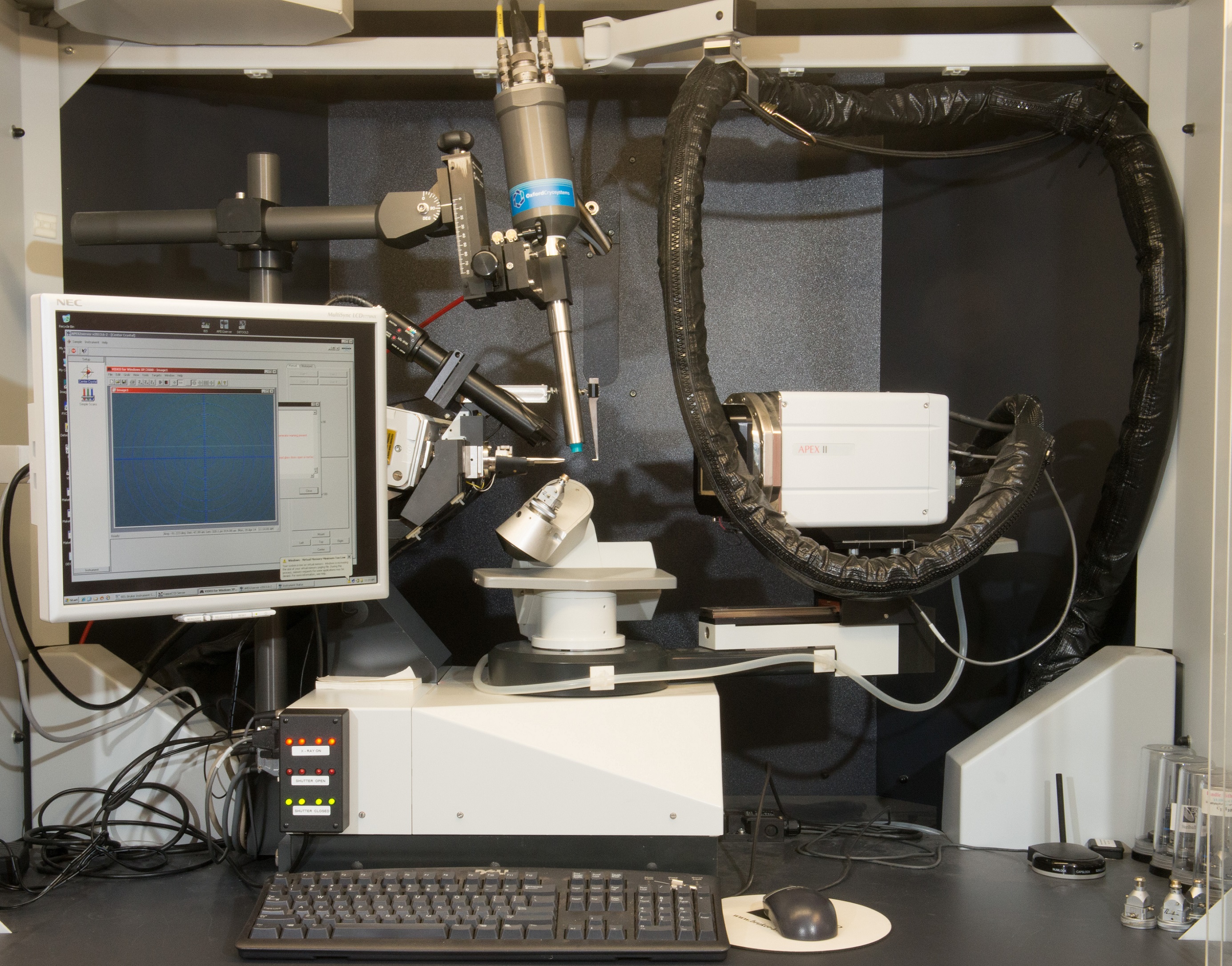

The changes that occur have been analysed using Hirshfeld surfaces. This is very short for this kind of interaction and the crystal begins to break up above 5.4 GPa, presumably as the result of a phase transition. Bruker APEX-II diffractometer: 539 independent reflections: Absorption correction: multi-scan SADABS (Siemens, 1996) 490 reflections with I > 2.00u(I) T min 0.71, T max 0.95: R int 0. The N O distance in one NH O hydrogen bond measures 2.624 (9) Å at 4.7 GPa. These longer interactions are formed between the -sheet-like layers, and the largest component of the strain tensor lies in the same direction. The largest reductions in interaction distances tend to occur for those contacts which are longest at ambient pressure. Voids close in such a way as to decrease the distances of stabilizing interactions such as hydrogen bonds and dipolar contacts.


Compression of -GLYGLY proceeds via the reduction in void sizes. The structures were solved by the direct method and refined in anisotropic approximation for non-hydrogen atoms.

The arrangement of molecules within each layer resembles the antiparallel -sheet motif observed in proteins, except that in -GLYGLY the motif is constructed through NH O hydrogen bonds rather than covalent amide links. 2a/2b were carried out with a Bruker SMART APEX II diffractometer. The structure can be considered to consist of layers. More interestingly, the luminescence color of this cluster-based host–guest material can be reversibly switched from green to blue upon irradiation, exhibiting photoswitchable luminescence properties.The crystal structure of -glycylglycine ( -GLYGLY) has been determined at room temperature at pressures between 1.4 and 4.7 GPa. The photoactive guest bbmp 2+ and the short O⋯N + distances between the oxygen atoms of the carboxylate groups and the pyridine ring play a crucial role in the photochromism of this compound. The data were corrected for Lorentz and polarization. Data for the complexes were collected at 100 K. diffractometer using graphite-monochromated Mo K radiation. A number of new 2-substituted 6,8-dinitro1,2,4triazolo1,5-apyridines containing explosophoric groups or their precursors were synthesized based on reactions of the commercially available 2-chloro-3,5-dinitropyridine with 5-(hetaryl)tetrazoles or through modification of aryl substituent to 2-aryl-6,8-dinitrotriazolo1,5-apyridine. In this context, a rare Zn 7 cluster-based host–guest MOF material, (bbmp) ( 1) (H 2IPA = isophthalic acid, bbmp♲I = 4,4′-(-4,4′-diyl)bis(1-methylpyridin-1-ium) diiodide), was prepared by encapsulating an organic cation into an anionic MOF produced from zinc cations and isophthalic acid ligands, which exhibits reversible naked detectable photochromic properties varying from yellow to green upon UV-Vis light irradiation. The single crystal determination was carried out using a Bruker. However, the construction of such materials, especially those with two-color emission states, is still challenging. Photochromic materials coupled with photoswitchable luminescence functionalities are of particular interest due to their potential applications in switches and optical memory devices.


 0 kommentar(er)
0 kommentar(er)
